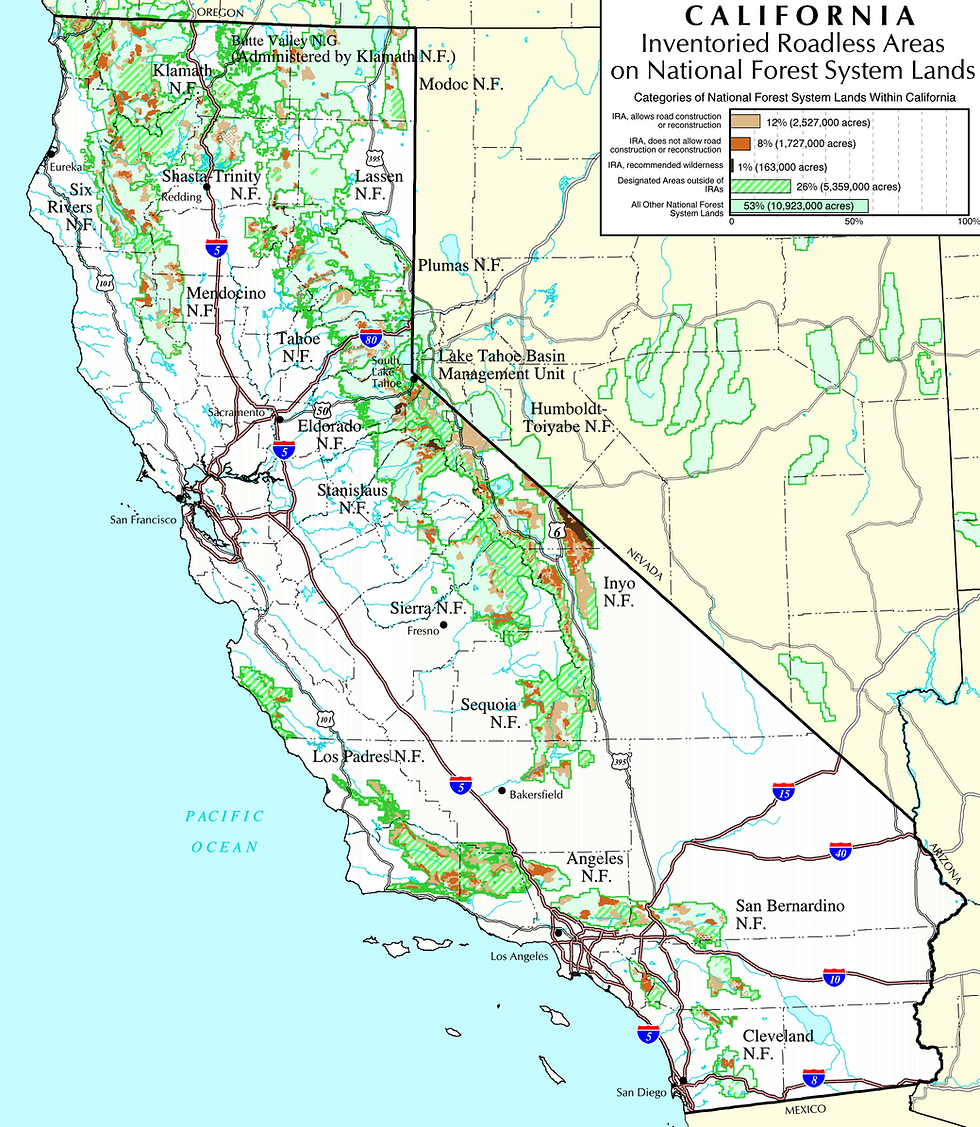Billionaire Emmerson Destroys Spotted Owl Habitat
- Oct 13, 2011
- 2 min read

Archie Aldis “Red” Emerson
Archie Aldis “Red” Emmerson, a billionaire with a net worth of $2.5 billion, and his company, Sierra Pacific Industries, the largest private forestland owner in California, continue their onslaught of clearcutting northern spotted owl habitat. Forbes ranks Red Emmerson at #153 amongst the wealthiest individuals in United States and #459 worldwide. Operating in defiance of the law, Sierra Pacific stands as one of the last big logging companies in the State of California without an approved habitat conservation plan.
As owl habitat disappears, owl researchers recently issued a comprehensive report detailing the population demography for the species – Forsman et al. 2011, “Population Demography of the northern spotted owls: 1985-2008”, Studies in Avian Biology, UC Press. The author’s conclusions paint a dire picture, detailing range-wide declines for this iconic forest raptor. In particular, some of the most precipitous declines have taken place on private timberlands, including lands owned by Emmerson and Sierra Pacific.
While private interests liquidate old-growth trees and leave behind clearcuts visible from space, the state and federal agencies charged with protecting spotted owls and other wildlife have abdicated their responsibilities due lack of funding. In 2008, the U.S. Fish and Wildlife Service stopped reviewing timber harvest plans in California, citing high costs, leaving it up to state officials at the California Department of Forestry and Fire Protection (Cal Fire). Without federal owl biologists reviewing timber harvest plans, Cal Fire officials without any expertise in owl biology have relied on private consultants employed by the timber industry.
Under this new arrangement, Sierra Pacific’s destruction of Northern Spotted Owl habitat has accelerated. Without a federally approved habitat conservation plan, Sierra Pacific’s logging of owl habitat violates the Endangered Species Act (ESA). A conservation plan would not stop logging, but direct the operations in a more ecologically sound manner. Furthermore, the U.S. Fish and Wildlife Service has concluded that Cal Fire’s approval of timber harvest plans without oversight by federal owl biologists results in harm to spotted owls, particularly on Sierra Pacific land.
Cal Fire for its part insists that it has no mandate to manage for recovery of the spotted owl. Thus, state officials continue to allow Sierra Pacific to destroy habitat and compromise the integrity of spotted owl home ranges.
The 2011 Revised Northern Spotted Owl Recovery Plan calls for the retention of high quality habitats on private forestlands in order to mitigate for habitat loss and the invasion of nonnative barred owl, a competitor. Therefore, conservation of spotted owl habitat on Sierra Pacific’s lands is absolutely essential to the recovery of the species.





Comments